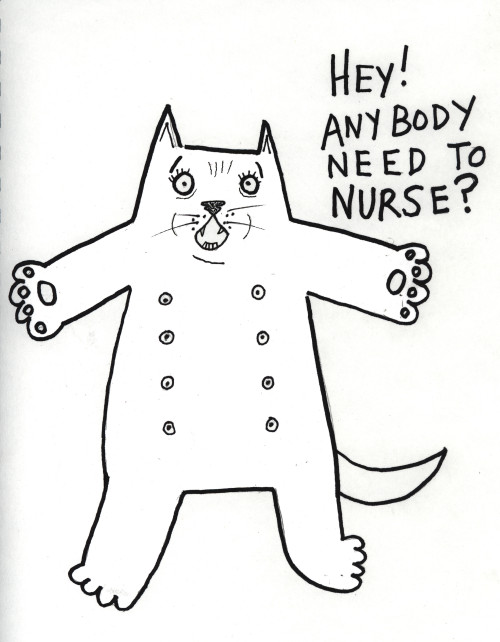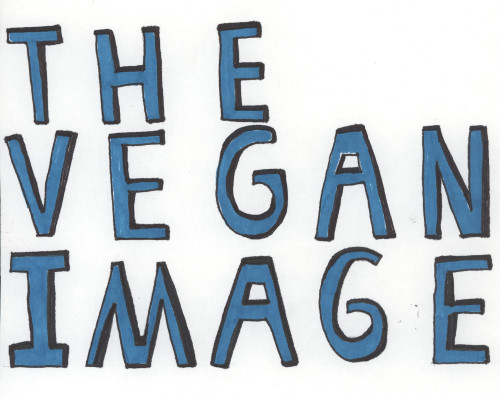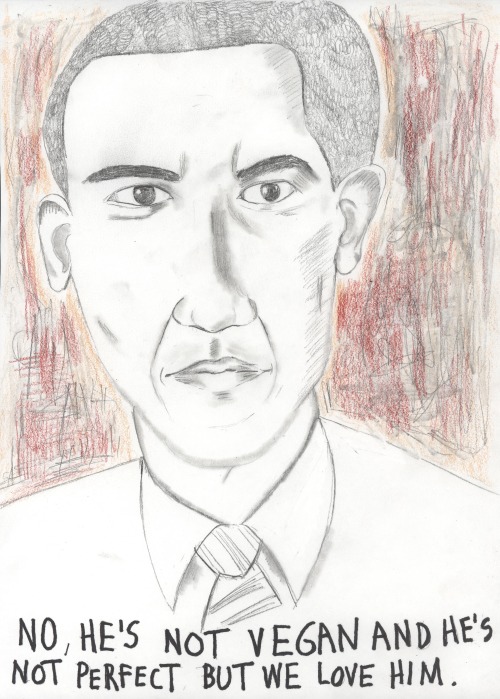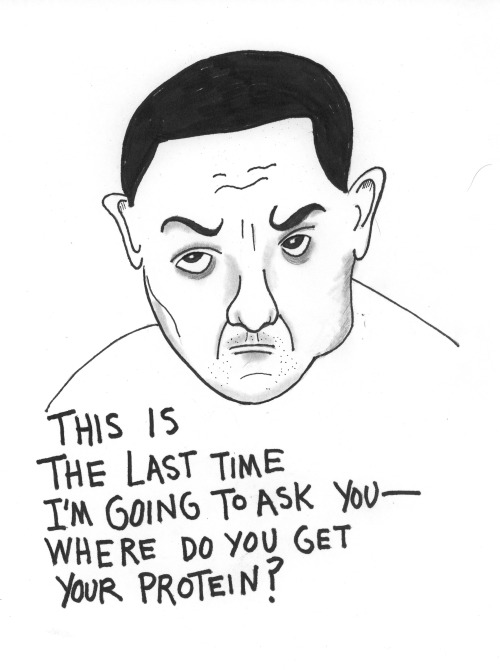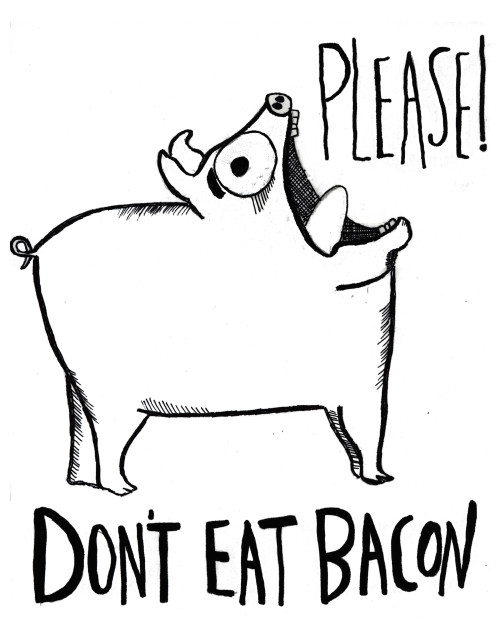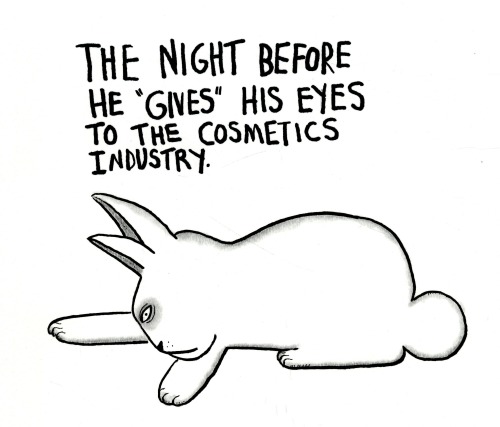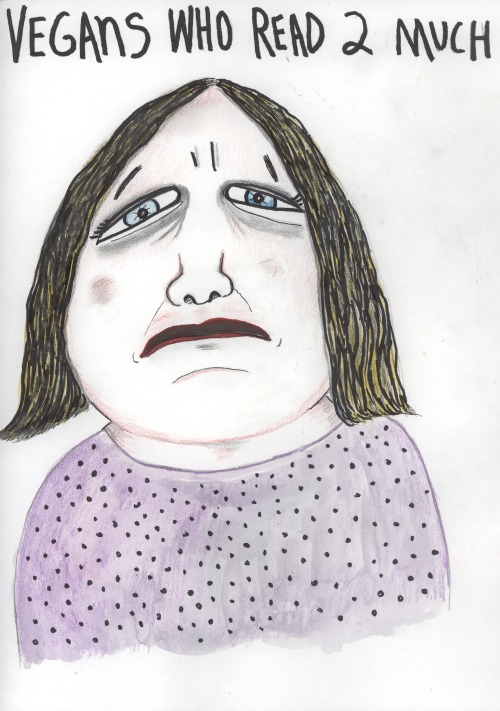
Food activists, if you feel your positivity slipping a bit, here’s some books you don’t want to read:
1) “Meatonomics: How the Rigged Economics of Meat and Dairy Make You Consume Too Much” by David Robinson Simon.
2) “Whitewash: The Disturbing Truth About Cow’s Milk and Your Health” by Joseph Keon.
3) “Slaughterhouse: The Shocking Story of Greed, Neglect and Inhumane Treatment Inside the U.S. Meat Industry” by Gail Eisnitz
4) “Green is the New Red: The Inside Account of a Social Movement Under Siege” by Will Potter
5) “Comfortably Unaware: What We Choose To Eat Is Killing the Planet and Us” by Richard Oppenlander.
Each of these books in their own ways can scare and depress almost anybody in the veg world, or, for that matter, in the “real world.”
Let’s start with “Meatonomics,” which is not so much scary or disgusting as it is infuriating and frustrating. This jaw-grinder shows how the animal foods industry is totally ripping us off. You think the oil industry has it good with the feds giving them $10 billion in subsidies every year? Well, the animal food industry gets $38 billion in annual federal subsidies and that price tag doesn’t include all the environmental damage they cause.
Part of those tax-payer dollars go (of course) into corporate coffers. But another part of those tax dollars go to keeping the cost of animal foods relatively low. And those cheap prices for meat, dairy and eggs and relatively high prices for fruits and vegetables help keep the whole meat-eating thing in America going strong.
If you read that book (which I don’t advise) you will realize, “We have met the enemy and the enemy is the $1 hamburger.”
Another book which should be strictly avoided is the dreaded “Whitewash,” which is about the horror we euphemistically call the “dairy industry,” and how drinking milk, eating cheese and the rest can impact human health. A definite “don’t read,” unless you’re still eating cheese.
Next is “Slaughterhouse.” That book has been sitting on my shelf in the living room unopened for about two years. The reason I’m scared to look at it is that the very worst, most disgusting animal abuse described in “Eating Animals” by Jonathan Safran Foer came from Gail Einitz’s “Slaughterhouse.”
“Green is the New Red” is another book that should be blacklisted by depressed vegans. In this book you’ll find out how animal rights activists who have engaged in nothing more than protesting, making speeches and property destruction have been tried and convicted in federal court as “eco-terrorists,” and are, as I write this, serving sentences in prison – some as long as 20 years!
“Comfortably Unaware” is a devastating book if you worry about the habitability of the planet. If you (stupidly) read this book the way I did you’ll acquire such handy information as “During every one second of time in just the United States alone, 89,000 pounds of excrement is produced by the chickens, turkeys, pigs, sheep, goats and cows raised and killed for us to eat.” You’ll learn how a big portion of global warming is caused by the livestock industry (more than the transportation sector.) You’ll also get the troubling realization that there’s actually no such thing as “sustainable livestock production” and that grass-fed cows produce twice as much methane as factory-farmed cows.
Ok, so maybe you’ve already read these books and you’re depressed as hell. What to do? As a person who is now Uncomfortably Aware, you’d be perfect to leaflet for Vegan Outreach! If you happen to live in a big city, it’s quite possible that they have a group of VO pamphleteers in your area. If not maybe you can start a group.
The great thing about leafleting is you’re actually doing something. Once you’re out there handing out leaflets you’ll quickly learn that the most successful leafleters are happy and if they’re not happy, they act happy. Acting happy can often lead to the real thing and it can lead to spreading the vegan word.
Another thing you might try is drawing vegan cartoons and posting them on Facebook. It can put you in a good mood. Well, it can also put you in a bad mood if nobody likes them. OK, don’t draw vegan cartoons.
I think the best joy-generator (besides large checks for money arriving in the mail) is exercise. I love, love, love that. Of course, there’s always vegan chocolate cake (Thank you Colleen Patrick Goudreau), vegan pizza, avocado sushi roll, lentil enchiladas, tofu lasagna and on and on and on.
Go vegan!
— A Vicious Vegan blog post —

